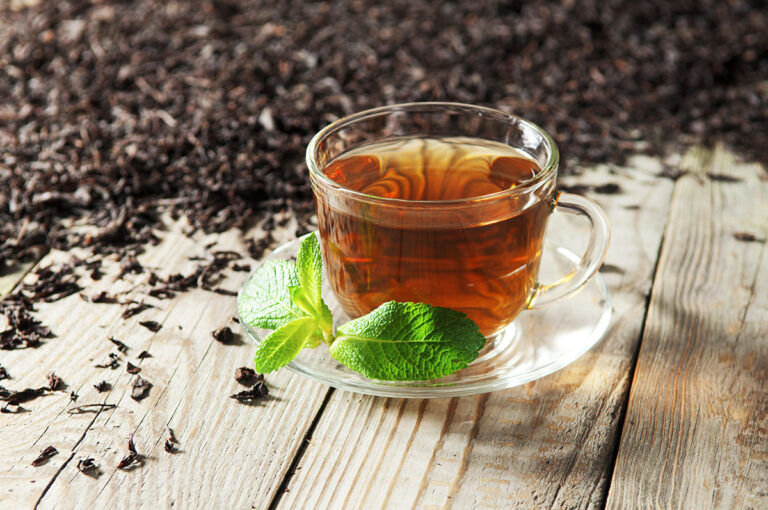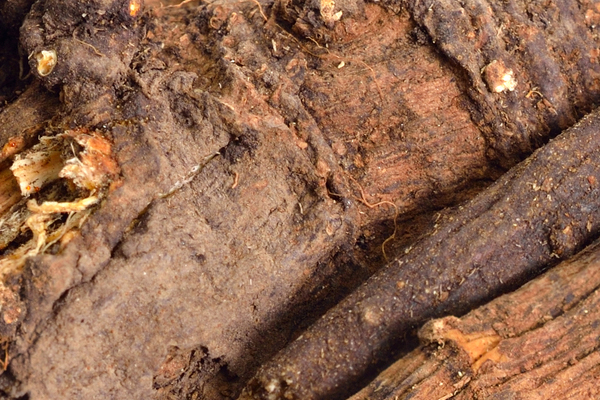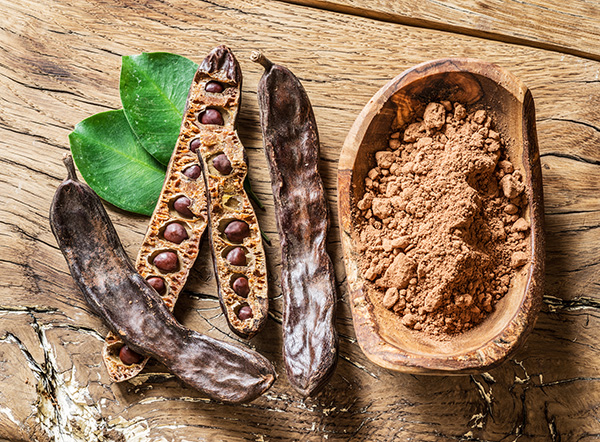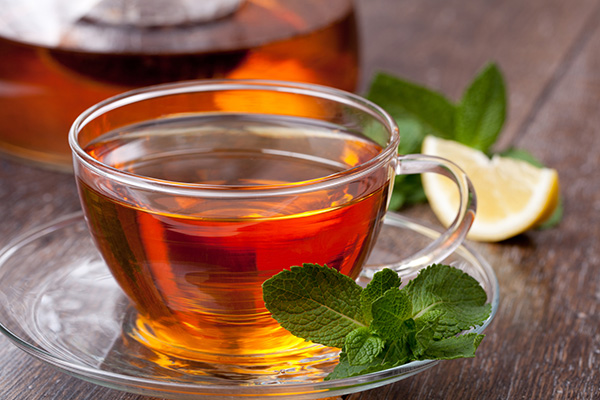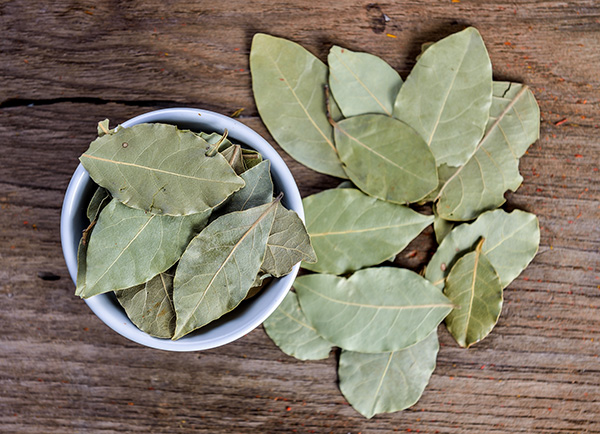Purslane Tea: Benefits, Side Effects, and How to Make It
Purslane tea has been gaining popularity in recent years due to its potential health benefits and unique taste.
In this article, we will discuss what purslane tea is, its health benefits, side effects, and how to make it. We’ll also answer some frequently asked questions about this herbal drink.
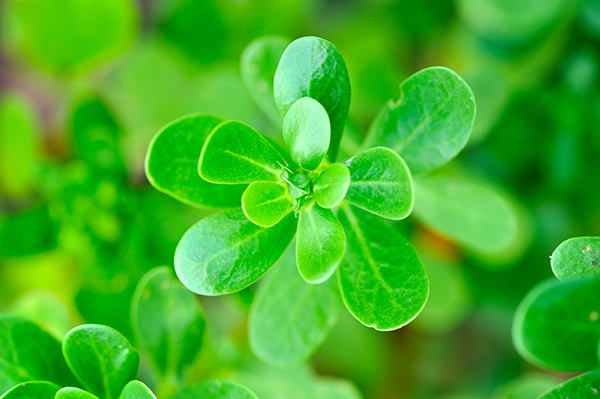
What Is Purslane Tea?
Purslane, scientifically known as Portulaca oleracea, is a common edible plant found in many regions around the world. It is often considered a weed, but it has a long history of use in traditional medicine and cuisine.
Purslane tea is made by steeping the leaves, stems, and flowers of the plant in hot water. The resulting drink is a mild-tasting herbal infusion with a slightly tangy, earthy flavor.
Potential Health Benefits of Purslane Tea
Rich in Antioxidants
Purslane tea is a great source of antioxidants, which help protect our bodies from the damaging effects of free radicals. Antioxidants can reduce inflammation and may help lower the risk of chronic diseases, such as cancer, heart disease, and diabetes.
Supports Heart Health
Purslane tea contains omega-3 fatty acids, which have been shown to help reduce blood pressure and lower the risk of heart disease. Additionally, the potassium in purslane may help regulate blood pressure and promote overall cardiovascular health.
Promotes Digestive Health
The fiber and mucilage content in purslane can aid digestion and help prevent constipation. Drinking purslane tea may also help soothe an irritated stomach and alleviate symptoms of indigestion.
Boosts Immunity
Purslane tea is a good source of vitamins A, C, and E, which can help support a healthy immune system. Regular consumption of this herbal tea may help protect against common colds, flu, and other infections.
Purslane Tea Side Effects
Allergic Reactions
Although rare, some people may be allergic to purslane or its components. If you experience itching, hives, or difficulty breathing after consuming purslane tea, discontinue use and consult your doctor.
Diuretic Effects
Purslane tea may have mild diuretic effects, causing increased urination. While this is generally harmless, excessive consumption may lead to dehydration, particularly if you’re not drinking enough water.
Possible Interaction with Medications
Purslane tea may interact with certain medications, such as blood thinners and diuretics. If you are taking any prescription medication, consult your healthcare provider before consuming purslane tea.
Who Should Not Drink Purslane Tea?
Pregnant and breastfeeding women should avoid purslane tea due to the lack of information regarding its safety during pregnancy and lactation.
Additionally, individuals with a history of kidney stones or allergies to purslane should avoid consuming the tea.
How to Make Purslane Tea
To make purslane tea, follow these simple steps:
- Harvest fresh purslane from your garden or purchase it from a local market or online store. Ensure the plant is free of pesticides and contaminants.
- Rinse the purslane thoroughly under running water to remove dirt and debris.
- Chop the leaves, stems, and flowers into small pieces.
- Place 1-2 tablespoons of chopped purslane into a teapot or mug.
- Pour 8 ounces of boiling water over the purslane and let it steep for 5-10 minutes.
- Strain the tea and enjoy it hot or cold. You can also add honey or lemon to taste.
Remember to follow the manufacturer’s guidelines if you’re using a branded product bought online or at a local store.
Final Thoughts
Purslane tea is a unique herbal infusion with potential health benefits, including antioxidant properties, heart health support, digestive health promotion, and immune system boosting. However, it’s important to be aware of the potential side effects and interactions with medications. As with any herbal supplement, it’s best to consult your healthcare provider before incorporating purslane tea into your daily routine.
FAQ
What Does Purslane Tea Taste Like?
Purslane tea has a mild, slightly tangy, and earthy flavor. It’s not overly strong or bitter, making it a pleasant herbal infusion to enjoy on its own or with added sweeteners like honey or lemon.
When Should I Drink Purslane Tea?
You can drink purslane tea at any time of the day, but it may be particularly beneficial in the morning or afternoon when you need a little boost to your immune system or a calming, soothing drink for your digestive system.
How Often Can You Drink Purslane Tea?
In general, you can safely drink purslane tea 1-2 times a day. However, it’s essential to follow the manufacturer’s guidelines if you’re using a branded product.
It’s also important to consult your healthcare provider if you’re pregnant, breastfeeding, or taking any prescription medications.
How Long Can You Drink Purslane Tea Safely?
Purslane tea can be consumed safely over long periods when used in moderation, typically 1-2 times a day. However, it’s important to monitor how your body responds to the tea and discontinue use if you experience any side effects or allergic reactions.

